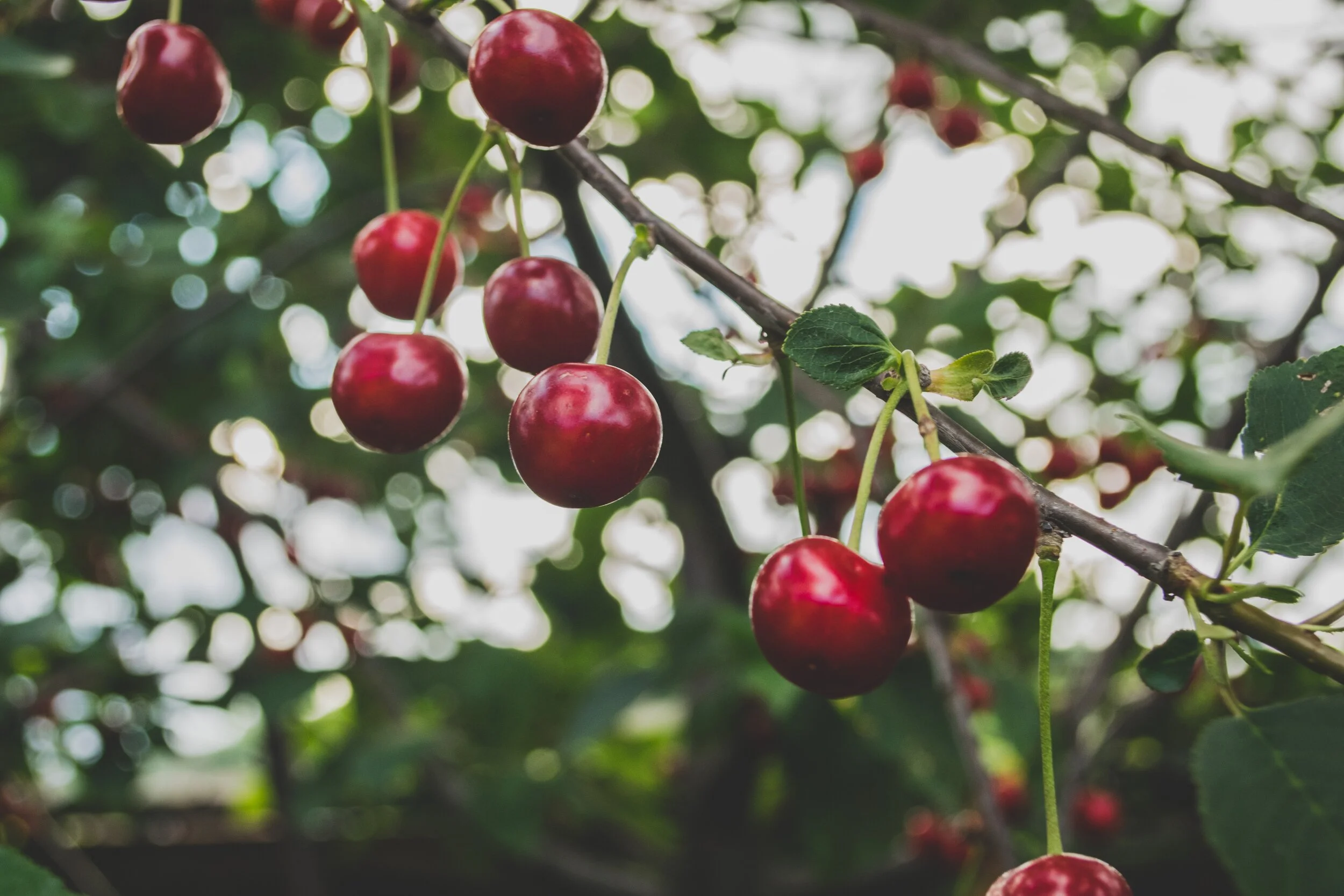
FRUIT GLEANING
&
TREE CARE
FRUIT GLEANING & TREE CARE
This page contains a wealth of resources meant to guide those who wish to glean fruit from trees on their own or participate in Groundwork Milwaukee’s Shared Harvest programming.
What is Gleaning?
Gleaning is the act of collecting food crops that would have otherwise gone to waste. Gleaning dates back 2000 years and is practiced globally as a form of social welfare. Gleaning reduces food waste and encourages local food production. We hope programs like Shared Harvest encourage gardeners to grow more than they can handle with the express want to share their bounty with their neighbors.
Groundwork Milwaukee is far from the only organization in Milwaukee that does food rescue work. Some notable organizations in this work include:
Food is Free Milwaukee, who also operate Fresh Food Connect
Tikkun Ha-ir, using gleaned produce to support local food security as well as job training for at-risk women
Is my fruit good enough?
Tree Care Basics
How to Plant a Fruit Tree - a one-page pdf provided by another fruit gleaning organization City Fruit
Home Fruit Cultivars for Southern Wisconsin - a pdf provided by UW-Extension detailing what varieties of different fruit do best in Southern Wisconsin
Home Gardeners Guides for Fruit Production - a list of pdfs provided by UW-Extension for a variety of fruits, including apples, pears, cherries, and other stone fruit.
Tree Maintenance Calendar - provided by UW-Extension
Pollination
Fruit Crop Pollination - a UW-Extension publication explaining the basics of how fruit crops pollinate
Fruit Pollination Basics - a resource from City Fruit
Pruning
There are endless methods and opinions regarding pruning. The method and philosophy that will work for you depends on the context of your specific situation — is the tree already full grown? Are you considering growing the trees from seed, from rootstock, etc? The following resources will expose you to some of the methods.
Pruning – Jeffrey Johnson, MN Landscape Arboretum arborist
Pruning – City Fruit, non-profit of Minneapolis, MN
Pruning – Hilary Rinaldi, professional landscaper
Mature Fruit Tree Pruning Technique — Midwest Fruit Explorer member Allen Cosnow explains theory/practice as he prunes an overgrown apple tree
Pest Management
Organic fruit production is particularly difficult because of the large number of pests that can potentially infect trees. Using preventative care measures, and regularly checking your tree for early signs of infections and infestations are the best way to keep your tree as healthy as possible.
Organic Pest and Disease Management in Home Fruit Trees and Berry Bushes, published by Washington State University Extension
Apple Pest Management for Home Gardeners, published by UW-Extension
Apricot, Cherry, Peach, and Plum Pest Management for Home Gardeners, published by UW-Extension
Home Fruit Insecticides, published by UW-Extension, a novice-friendly introduction into resources for treating pest issues chemically
Organic Fruit Tree Growers Association, hosts a plethora of articles & resources related to organic fruit tree care
How to Net Your Tree, covering your tree with a net is an excellent organic pest management technique, no chemicals required! This is a resource from City Fruit
Harvesting
Build your own tree shaker, a project for the diy-minded!
Ladder-less Fruit Harvesting Techniques, published by Village Harvest
Preserving
Fruit preserves are a great way to enjoy fall fruit all year round! Basic canning doesn’t require a large investment in materials, and once you get the hang of it, you’ll have a skill for life.
Storage Tips:
Harvesting and Storing Tree Fruit, an article from Iowa State explaining how to identify mature tree fruit and proper harvest & storing techniques
Fruit Drying Basics, a publication by City Fruit
Canning Resources
